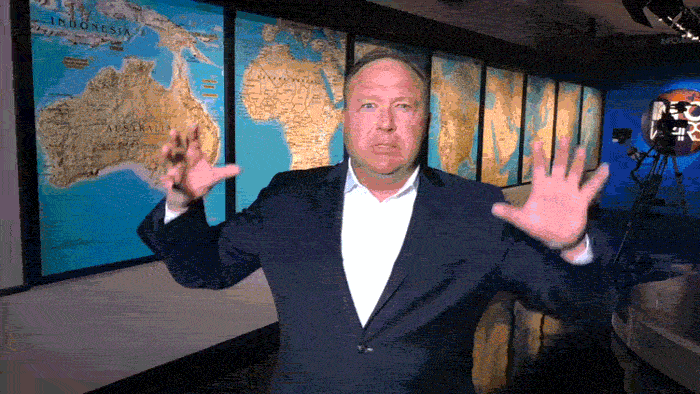Extremist propaganda, dangerous hoaxes, videos of tasered rats—the company is having its worst year ever. Except financially.

Susan Wojcicki, the chief executive officer of YouTube, was in a meeting on the second floor of her company’s headquarters in San Bruno, Calif., when she heard the first gunshot. It came from outside; more followed. Some of her employees ran for the exits; others barricaded themselves in conference rooms. Those eating lunch on the outdoor patio hid under the tables.
At a press conference the following day, April 4, the San Bruno police confirmed that the suspected shooter was Nasim Aghdam, 39, an enigmatic social media personality from San Diego. She’d acted alone, wounding a handful of passersby, then taking her own life. Prior to the rampage, Aghdam posted hundreds of videos on YouTube, holding forth on subjects such as veganism, bodybuilding, and animal rights. According to police, she’d grown enraged with YouTube, which she said was intentionally limiting the reach of her work and her ability to profit from it. “We will come together and heal as a family,” Wojcicki wrote on Twitter.
The incident was tragic and awful in all the ways that have become a depressing American routine. It also put an exclamation point on a dreadful stretch for YouTube, which has lurched from crisis to crisis over the past year. While Donald Trump has in one way or another kept Facebook and Twitter in the headlines—and not the good kind—YouTube has struggled to contain the fallout from the darker impulses of its vast, decentralized creative community.
Somehow, things keep getting worse. PewDiePie, a Swedish comedian and top YouTube personality, made an off-color joke about Nazis. The Times of London reported that many mainstream brands were unwittingly funding white supremacists and Islamic extremists by advertising alongside their videos. The Manchester bomber reportedly used a how-to clip from YouTube to make his deadly explosive. A series of investigations showed how the company’s algorithms were serving up bizarre, grotesque videosto young children. After several mass shootings, conspiracy theorists flooded YouTube with videos falsely claiming that gun control activists had staged the massacres. Parents of children killed at Sandy Hook Elementary School filed a defamation lawsuit against Alex Jones, whose show, InfoWars, is a major presence on YouTube, with 2.3 million subscribers.
And of course there’s the case of Logan Paul, a popular YouTube personality with a penchant for shock humor. In December, while visiting Japan, Paul posted a video showing a dead body he and his buddies discovered in a forest known for suicides. During the resulting backlash, Paul apologized for his insensitivity. A few days later he posted a video in which he tasered dead rats. “No rat comes into my house without getting tased,” he said. “I hate rats.”
For years, YouTube has bragged to marketers that its laissez-faire attitude toward video creators was a feature, not a bug. The company was pioneering a form of mass entertainment more democratic, diverse, and authentic than traditional TV, its argument went, because it was unfettered by producers, network executives, or regulators. Its legions of creators fly around the internet with minimal guidance or oversight: Here are the keys to the jumbo jet, kid—knock yourself out. The ensuing string of crashes has grown difficult for its 1.5 billion monthly users to ignore.
Creators and advertisers may grumble about YouTube’s imperfect editorial policies and woeful communication, but few comparable venues reach such a massive audience of youngsters. As a result, YouTube’s no-good, messy, horrifying year has also likely been massively lucrative for its parent company, Google.
YouTube, so far, has been better able to avoid political fallout than its fellow internet titans partly because politicians and media scolds don’t watch it as closely. The site skews younger than Facebook, the social network that actively helped the Trump campaign target ads, or Twitter, the president’s biggest platform. And because YouTube doesn’t look like social media, it’s tougher to recognize how its most horrifying videos spread. (You probably heard about them on Facebook or Twitter.) In the fall, when Facebook, Twitter, and Google sent lawyers instead of executives to testify before Congress about Russian meddling in the presidential election, Team Google repeatedly stressed that YouTube and its other properties aren’t really social networks and therefore can’t fall prey to the worst of the internet’s trolls, bots, or propagandists.
Source:Bloomberg


No comments:
Post a Comment